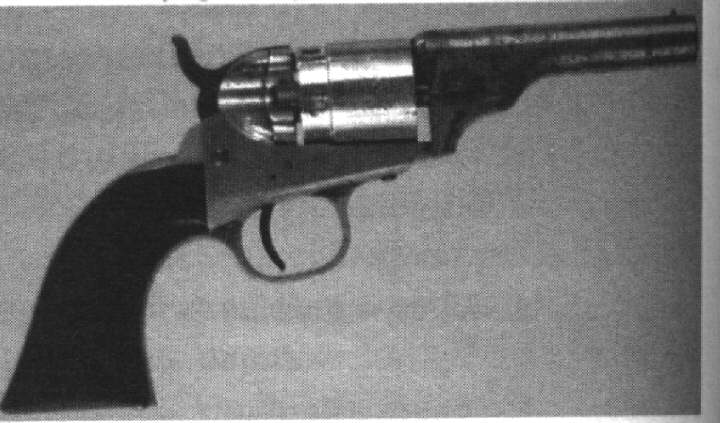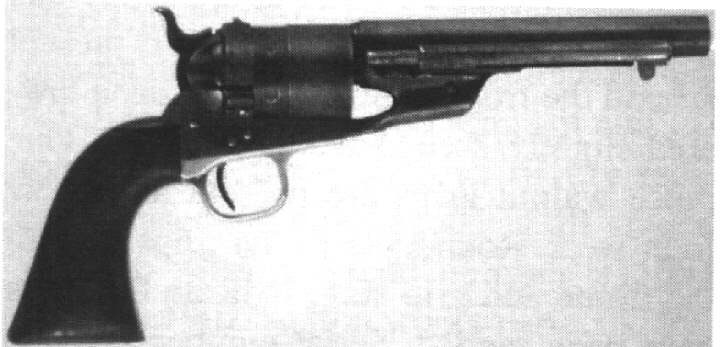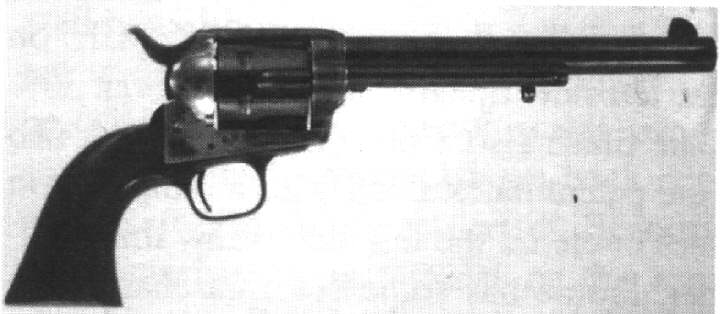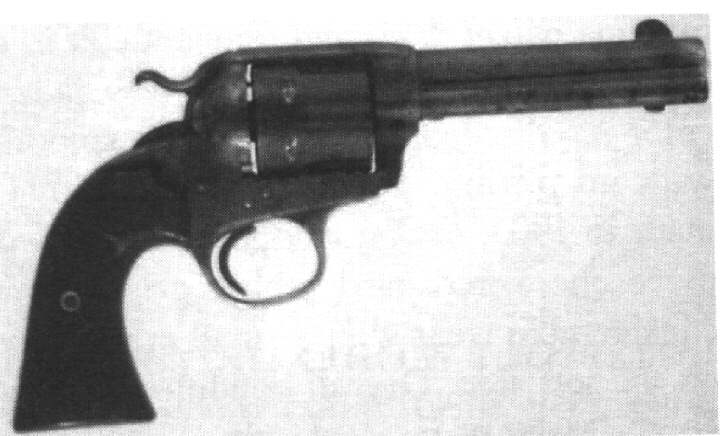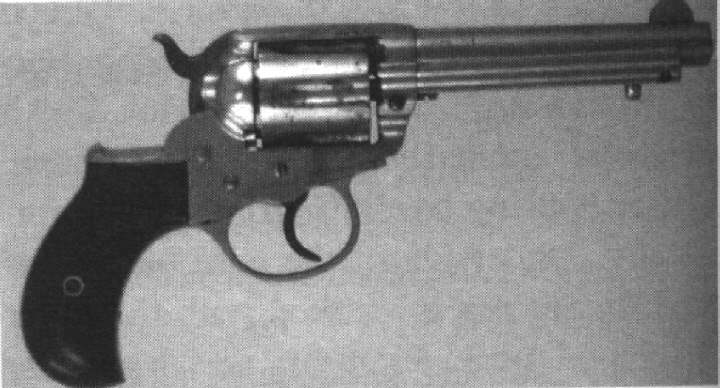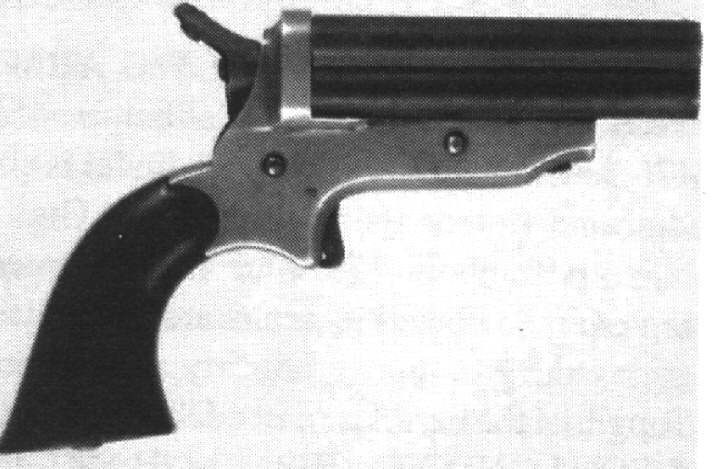_________________
_________________
_________________
_________________
Related links of interest of our family and its activities.
_________________
___________________
The Conner Collection.
Small Arms
Treasures from the French and Indian Wars to the American Westward Movement, gifts, found, traded for or purchased.
Shown is just a sampling of the small arms we have sold or traded since 2001. Quite a few have been sold to several museums from Maine to Washington and are now on display or will be shortly.
Thank you for taking the time to look.
Buck Conner
* * * * * * * * *
Here's a few of the more desirable arms sold (NRA excellent to fine condition) along with the others shown, collected & sold.


The French and Indian Wars & The American Revolution Small Arms.
|
British manufactured small arms, most are similar in shape, weight and design of working parts (will very from from maker to the other). Small arms such as these were usually carried my officers. Many times the pistols were personal purchases and not issued weapons. Shown are just a few that we have sold within the last few years, they were all in NRA very good to excellent condition. The majority were purchased before 1930 at pennies on today's dollar. An example of this statement is; the third pistol down was purchased for $1.20 in 1928 and sold in 2002 for $1575.00 - pennies to dollars right. |
|
* * * * * * * * *
The War of 1812 Small Arms.
|
These are only a few of this period arm shown that we have sold, records show there was a combination of weapons used in this war. |
One issue precipitating the War of 1812 was the British disregard of American shipping rights. British ships frequently stopped American ships, confiscated their cargo, and impressed (captured) crew members, claiming they were deserters from Britainís Royal Navy. A need for small arms such as these shown were usually carried my officers as well as enlisted men. Many times the pistols were personal purchases and not issued weapons. Shown are just a few that we have sold within the last few years, they were all in NRA very good to excellent condition. Dating can be a real problem for what was used from the American Revolution to this period, as weapons were weapons and crossed over between the periods. |
|
Pistols were common with the Mountain Man as a close in, last effort at survival. Commonly carried on the saddle in "pommel holsters", these pistols provided extra comfort in a tight spot. Mountain Man Osborne Russell describes holding off a determined attack by the Blackfeet with his "horse pistol". Available in both flintlock and percussion ignition systems, these pistols were widely found in the American fur trade. When found it is always a questions as to the period a pistol would fit, as for the fur trade there is a larger window than most would think because of supply and demand. If a arm used in the Revolutionary War, War of 1812 still functioned there was a good chance it may find its way with a trader to the next rendezvous. |
|
* * * * * * * * *
The American Civil War 1861-1865

Small Arms.
|
The number of weapons recovered and the large number of manufacturers involved is mind boggling when one researches this terrible time. These are just a few sold of probably 35-40 hand guns. |
The Turning Point Of The Civil War
The Confederate army that staggered back from the fight at Gettysburg was physically and spiritually exhausted. Lee would never again attempt an offensive operation of such proportions. Meade, though he was criticized for not immediately pursuing Lee's army, had carried the day in the battle that has become known as the High Water Mark of the Confederacy. The war was to rage for two more terrible and tormenting years but the Confederacy never recovered from the losses of Gettysburg. And through the deepening twilight of Confederate military might, all who had been to Gettysburg would remember. There were wheel barrows full of guns, still available as late as the 1950's, you had your choice as to condition, manufacture and style of arm you wanted. My father had a 55 gallon barrel of the average long guns with butts sticking out in our basement. I grew up playing with original antique firearms while my friends had the pot metal look alikes. |
* * * * * * * * *
American Westward Movement Small Arms.
|
The Oregon Trail was much more than a pathway to the state of Oregon; it was the only practical corridor to the entire western United States. The places we now know as Washington, Oregon, California, Nevada, Idaho and Utah would probably not be a part of the United States today were it not for the Oregon Trail. That's because the Trail was the only feasible way for settlers to get across the mountains. In the 1840's thousands of settlers went west. They were searching for adventure, land, gold, and religious freedom. The journey west on the Oregon Trail was exceptionally difficult by today's standards. One in 10 died along the way; many walked the entire two-thousand miles barefoot. The common misperception is that Native Americans were the emigrant's biggest problem en route. Quite the contrary, most native tribes were quite helpful to the emigrants. The real enemies of the pioneers were cholera, poor sanitation and surprisingly accidental gunshots. The first emigrants to go to Oregon in a covered wagon were Marcus and Narcissa Whitman who made the trip in 1836. But the big wave of western migration did not start until 1843, when about a thousand pioneers made the journey. That 1843 wagon train, dubbed "the great migration" kicked off a massive move west on the Oregon Trail. Over the next 25 years more than a half million people went west on the Trail. Some went all the way to Oregon's Willamette Valley in search of farmland -- many more split off for California in search of gold. The glory years of the Oregon Trail finally ended in 1869, when the transcontinental railroad was completed. The number of small arms carried, lost or stolen on the Oregon Trail has never been figured out according to Charles E. Hanson, Jr. The parts of such weapons alone, found along the trails, rusted and of no use is unbelievable, not to mention the numbers of guns seen in museums across this land. |
|
|
* |
_________________ NOTE Items shown on the "Conner Collection" pages have been SOLD and have been transferred to museum and personal collections across N. America. _________________ |





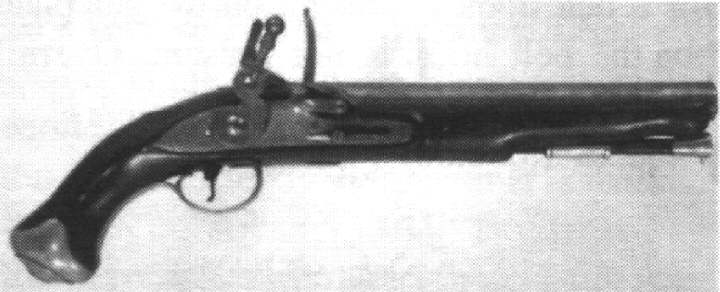


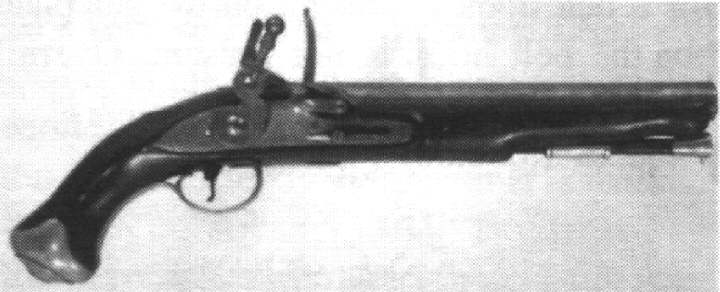

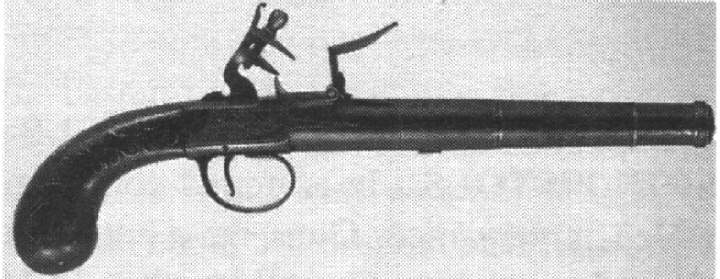

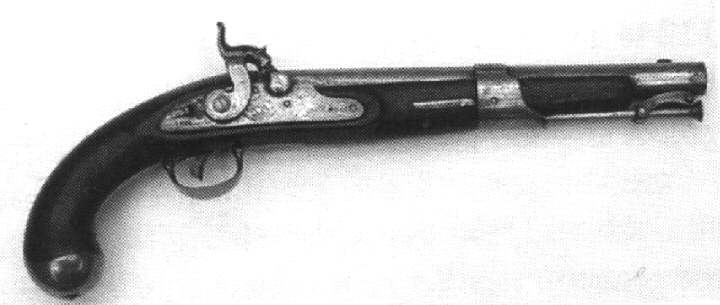

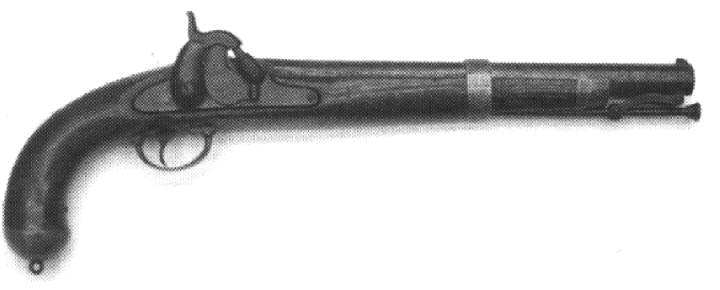


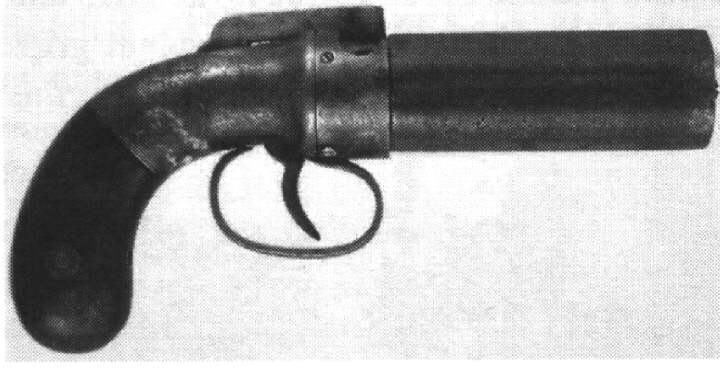
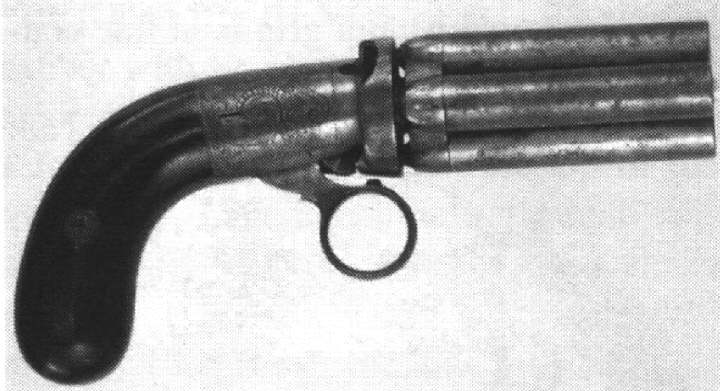
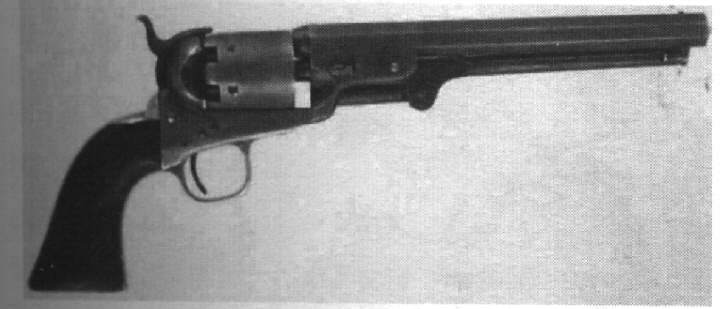
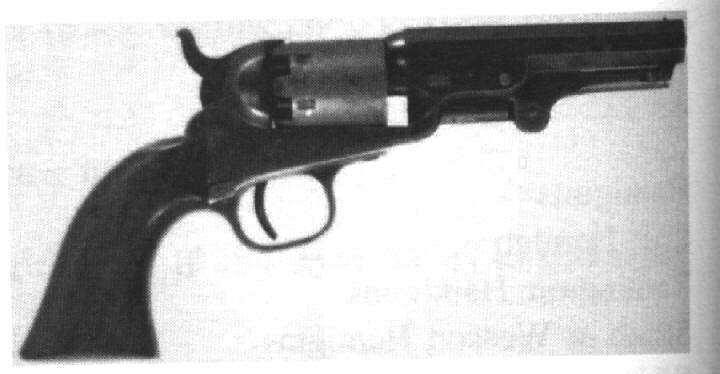

 With
the failure of Pickett's Charge, the battle was over - the Union was
saved. Lee's retreat began on the afternoon of July 4. Behind him,
Gettysburg of only 2,400 was left with a total (from both sides) of
over 51,000 casualties. Over 172,000 men and 634 cannon had been
positioned in an area encompassing 25 square miles. Additionally, an
estimated 569 tons of ammunition was expended and, when the battle had
ended, 5,000 dead horses and the other wreckage of war presented a
scene of terrible devastation.
With
the failure of Pickett's Charge, the battle was over - the Union was
saved. Lee's retreat began on the afternoon of July 4. Behind him,
Gettysburg of only 2,400 was left with a total (from both sides) of
over 51,000 casualties. Over 172,000 men and 634 cannon had been
positioned in an area encompassing 25 square miles. Additionally, an
estimated 569 tons of ammunition was expended and, when the battle had
ended, 5,000 dead horses and the other wreckage of war presented a
scene of terrible devastation.

